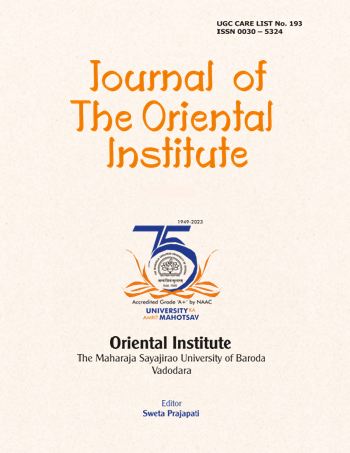ANALYSIS OF THE ECONOMIC AND FINANCIAL PERFORMANCE OF PUBLIC SECTOR BANKS IN INDIA USING CAMEL RATING SYSTEM
DOI:
https://doi.org/10.8224/journaloi.v74i2.846Abstract
The banking industry in India, and more specifically the public sector banks (PSBs), plays a crucial position in fostering financial inclusion and contributing to the economic growth of the country. Questions regarding their operational efficiency and financial soundness have been raised in recent years as a result of a number of factors, including the increasing number of non-performing assets (NPAs), concerns over capital sufficiency, and efforts to increase profitability. The CAMEL rating system is an analytical framework that encompasses five essential parameters: capital adequacy, asset quality, management efficiency, earnings quality, and liquidity. The purpose of this study is to analyse the economic and financial performance of selected public sector banks in India using the CAMEL rating system. Over the course of a certain time period, a comparative study is carried out by making use of secondary data obtained from annual reports and publications of the Reserve Bank of India (RBI). The research indicates that although some public sector banks (PSBs) continue to have strong capital and liquidity situations, a significant number of PSBs continue to struggle with declining asset quality and profitability that are below ideal levels. It has been demonstrated that the CAMEL framework is an effective diagnostic instrument for evaluating the efficiency and consistency of financial institutions. For the purpose of increasing the resilience and competitiveness of public sector banks in India, the study offers insights that may be utilised by regulators, policymakers, and bank management in order to identify performance gaps and execute targeted reforms.








